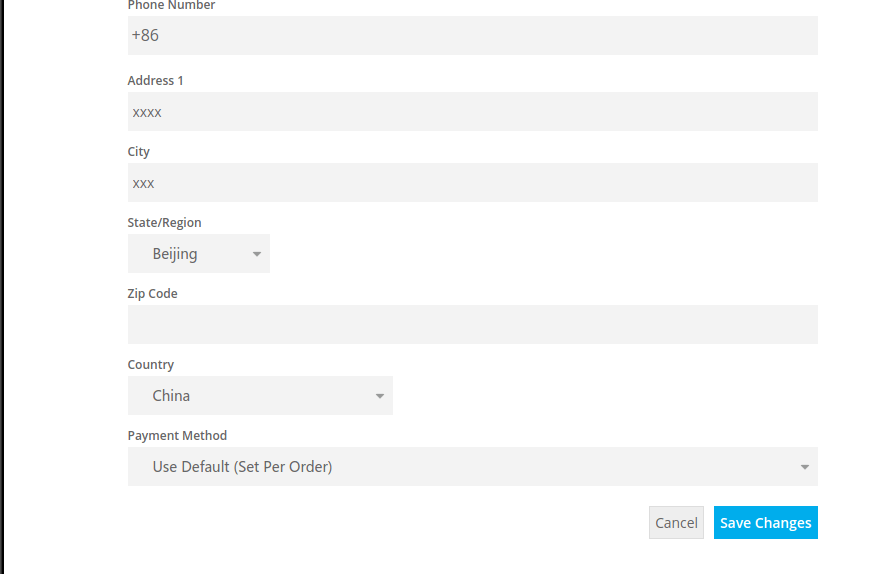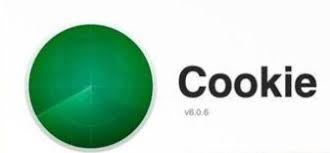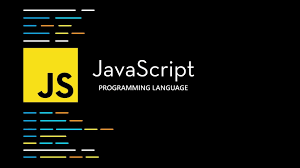复制字典
您不能简单地通过输入 dict2 = dict1 来复制一个字典,因为 dict2 只会成为 dict1 的引用,对 dict1 的更改也会自动应用于 dict2。
有多种方法可以复制字典,一种方法是使用内置的 copy() 方法。
示例,使用 copy() 方法制作字典的副本:
thisdict = {
"brand": "Ford",
"model": "Mustang",
"year": 1964
}
mydict = thisdict.copy()
print(mydict)
另一种制作副本的方法是使用内置函数 dict()。
示例,使用 dict() 函数制作字典的副本:
thisdict = {
"brand": "Ford",
"model": "Mustang",
"year": 1964
}
mydict = dict(thisdict)
print(mydict)
Python - 嵌套字典
一个字典可以包含字典,这称为嵌套字典。
示例,创建一个包含三个字典的字典:
myfamily = {
"child1" : {
"name" : "Emil",
"year" : 2004
},
"child2" : {
"name" : "Tobias",
"year" : 2007
},
"child3" : {
"name" : "Linus",
"year" : 2011
}
}
或者,如果您想将三个字典添加到一个新字典中:
示例,创建三个字典,然后创建一个包含其他三个字典的字典:
child1 = {
"name" : "Emil",
"year" : 2004
}
child2 = {
"name" : "Tobias",
"year" : 2007
}
child3 = {
"name" : "Linus",
"year" : 2011
}
myfamily = {
"child1" : child1,
"child2" : child2,
"child3" : child3
}
访问嵌套字典中的项
要访问嵌套字典中的项,您可以使用字典的名称,从外部字典开始:
示例,打印 child 2 的名称:
print(myfamily["child2"]["name"])
Python 字典方法
Python 具有一组可在字典上使用的内置方法。
|方法|描述| |-|-| |clear()|从字典中移除所有元素| |copy()|返回字典的副本| |fromkeys()|返回具有指定键和值的字典| |get()|返回指定键的值| |items()|返回包含每个键值对的元组的列表| |keys()|返回字典的键列表| |pop()|移除具有指定键的元素| |popitem()|移除最后插入的键值对| |setdefault()|返回指定键的值。如果键不存在,则插入具有指定值的键| |update()|使用指定的键值对更新字典| |values()|返回字典中所有值的列表|
 51工具盒子
51工具盒子




